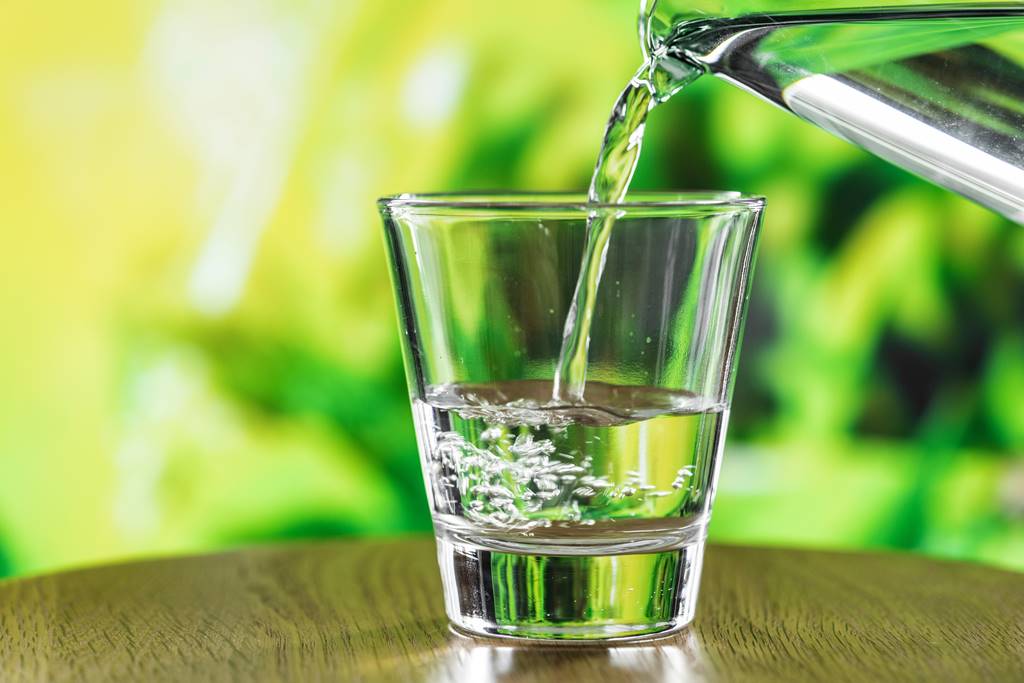Understanding Metallschrot: Uses, Benefits, and Applications

Introduction to Metallschrot
Metallschrot, commonly known as metal scrap or metal shot, is a versatile material widely used across various industries. Derived from recycled metal pieces, metallschrot serves as both a raw material and an essential component in manufacturing, construction, and metalworking processes. The growing emphasis on sustainability and resource efficiency has significantly increased the demand for metallschrot, making it a valuable commodity in today’s industrial landscape.
Types of Metallschrot
Metallschrot comes in different forms depending on its source and intended application. The most common types include ferrous and non-ferrous metal scrap. Ferrous metallschrot consists of metals containing iron, such as steel and cast iron, while non-ferrous metallschrot includes metals like aluminum, copper, and brass. Each type has distinct characteristics that determine its suitability for specific industrial processes. Additionally, metallschrot may vary in size, from coarse chunks to fine granules, allowing it to meet diverse manufacturing needs.
Industrial Applications of Metallschrot
The versatility of metallschrot makes it indispensable in multiple industrial sectors. One of the primary uses is in foundries, where it is melted down and recast into new metal products. This recycling process reduces the need for virgin materials, lowering production costs and environmental impact. In the construction industry, metallschrot can be incorporated into concrete or asphalt to enhance strength and durability. Metalworking and fabrication also benefit from metallschrot, particularly in processes like shot blasting, where the metal particles are used to clean, polish, or strengthen surfaces.
Shot blasting can use scrap metal (in German this is called as metallschrot) which is especially effective for removing rust, scale, and surface contaminants, making it a cost-efficient and sustainable option for industrial cleaning and finishing processes.
Environmental and Economic Benefits
Utilizing metallschrot has significant environmental advantages. Recycling metal scrap reduces the need for mining and raw material extraction, conserving natural resources and decreasing greenhouse gas emissions. Moreover, the energy required to recycle metallschrot is substantially lower than that needed to produce new metals from ore. Economically, metallschrot provides cost savings for manufacturers by offering a cheaper alternative to new metals. The global market for metal scrap is robust, reflecting its critical role in sustainable production practices and resource management.
Handling and Safety Considerations
While metallschrot is a valuable resource, handling it requires attention to safety and proper procedures. Metal fragments can be sharp, posing risks of cuts or punctures, so protective gloves and safety equipment are essential. Additionally, dust generated during processing can be harmful if inhaled, making ventilation and respiratory protection crucial in industrial settings. Proper storage and categorization of different types of metallschrot help maintain quality and prevent contamination, ensuring that the material remains suitable for its intended applications.
How to Source Metallschrot
Acquiring metallschrot involves sourcing from specialized suppliers who provide recycled metal materials in various grades and quantities. Businesses looking to integrate metal scrap into their operations can benefit from working with reputable vendors that ensure consistent quality and compliance with environmental standards. One reliable source for purchasing high-quality metallschrot can be found here. By partnering with established suppliers, companies can secure a steady supply of metal scrap while supporting sustainable recycling initiatives.
Future Trends in Metallschrot Usage
The demand for metallschrot is expected to grow as industries continue to prioritize sustainability and cost efficiency. Technological advancements in recycling processes are making it easier to produce higher-purity metal scrap, expanding its applications in sophisticated manufacturing and electronics. Additionally, the circular economy model is promoting increased metal reuse, further enhancing the relevance of metallschrot in industrial supply chains. Companies that adopt innovative approaches to metal recycling and integrate metallschrot into their operations are likely to see long-term benefits both economically and environmentally.
Conclusion
Metallschrot is more than just recycled metal; it is a critical component in modern industrial practices that supports sustainability, reduces costs, and promotes efficient resource management. With applications spanning manufacturing, construction, and metalworking, its versatility ensures continued relevance across multiple sectors. By understanding the types, benefits, and proper handling of metallschrot, businesses can leverage this valuable material while contributing to a more sustainable and resource-conscious future.



